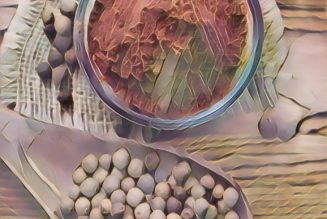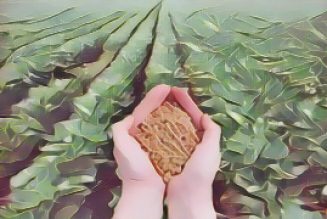NETTLE (Urtica Dioica); Plant Family: (Hamamelids) Parts Used: Leaves, buds, rhizomes and roots. Collection season: early spring for leaves and buds until they flower, seeds and roots in autumn. Soil and Environment: Universal throughout British Isles and most of temperate world, found in forests, woods, river banks, under shrubs and bushes, wasteland – pretty much anywhere. Thrives in nitrogen-rich soil. Propagation: Wind-pollinated perennial. Description: Up to 5ft tall, with long jagged edge to shieldshape leaf that comes to point at tip. Stinging hairs along leaves and square stalks. Small, creamy-green flowers in long strands, seeds not long after flowering. History: A sacred herb to the Anglo-Saxons (wergulu) and used in medieval times as beer to treat rheumatism. Tibetans believe their sage and poet, Milarep (CE 1052-1135) lived on nettle soup until he turned green. Nettle tops were used as a rennet substitute in cheese-making as they turned milk sour. There are around 500 species of nettle. Chemical constituents: Chlorophyll, vitamins A, B complex, C, D, E and K, folic acid, minerals, bioflavinoids, seretonin precursor. Actions and Medicinal Uses: Reduces fatigue, improves stamina, nourishes kidneys, adrenal glands, nourishes immune, digestive, endocrine and respiratory system, increases metabolism, normalises weight, eases/prevents rheumatism and arthritis, good for skin and hair, eases lung complaints such as asthma. Galactagogue. Eases leg cramps and muscle spasms. Reduces haemorrhoids. Anti-inflammatory, alterative, astringent, haemostatic, circulatory tonic, diurectic. Combinations: Can be used to “boost” many other herb actions, especially when dealing with immune system. Usage: Tea – 2 tsps steeped (dried) or 3 tsps (fresh) in 1 cup of boiled water for 5 to 10 mins three times a day. Tincture is 1 tsp twice a day. Contraindications: None. Spiritual Aspects: Protection, self-respect, resiliency and flexibility. Teaches healthy boundaries while providing deep nourishment. Good meditational tea and also cleansing/purifying bath before ritual. Nettle is a wonderful herb for the Hedge Druid’s Craft. Its prickly leaves and stem teach us of boundaries and respect. It grows abundantly almost anywhere, and it is brilliant for our health. A common “weed” found in hedges and roadsides, this understated plant was a staple for our ancestors. In the spring months, when food was scarce, it was nettle that was the first of the green to be seen, and it’s nutrient-rich properties kept many a person alive until other food became available. Drink nettle tea to become stronger physically, mentally and spiritually.
The Hedge Craft – NETTLE (Urtica Dioica)
603 views






















